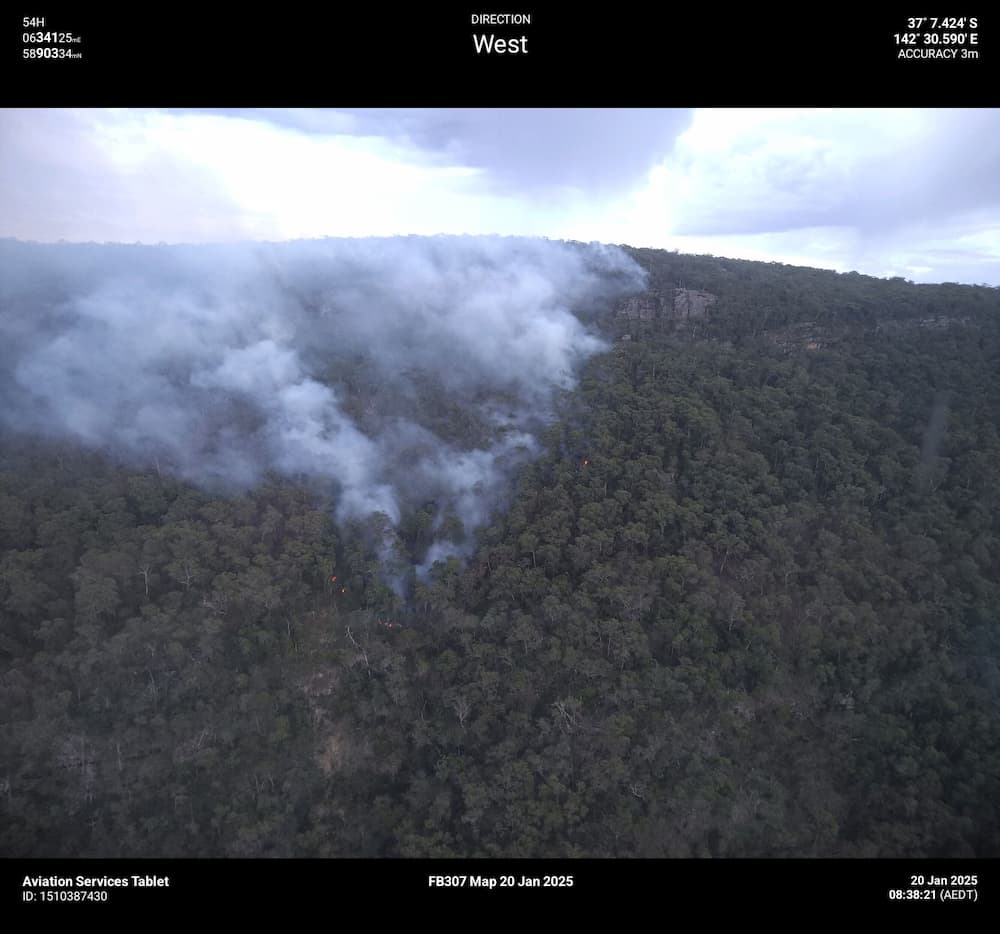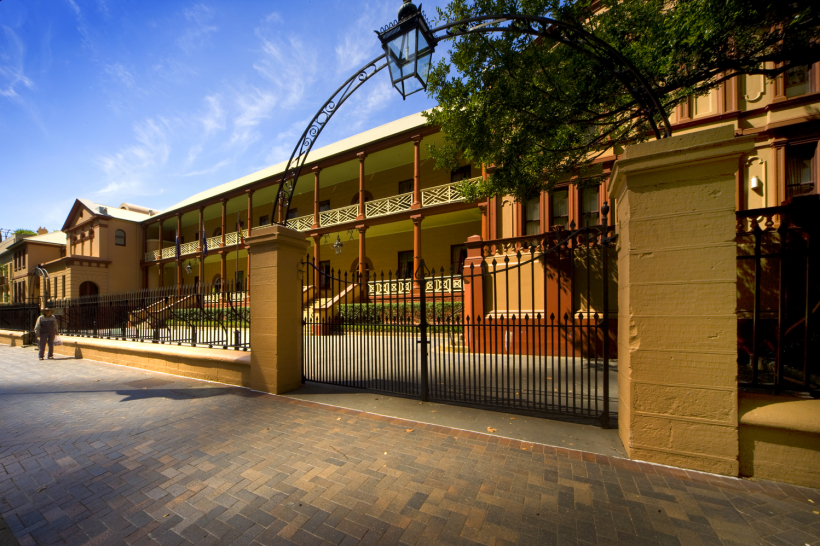Key points:
|
A light rail vehicle’s roof-top mounted battery system ruptured and ejected the enclosure cover off the vehicle’s roof when excessive hydrogen generated from battery overcharging ignited, a new ATSB report says.
The Sydney Light Rail vehicles (LRV) 053/054 were stabled at the light rail depot in Randwick overnight on 2-3 April 2020. At about 2:49 am workers in the yard heard a loud noise and found a roof-mounted battery enclosure cover on the ground behind two other light rail vehicles.
A review of closed-circuit TV footage showed a flash coming from the battery enclosure as the cover was ejected from the roof of LRV 053. The cover struck the overhead contact wire and was airborne for about 5 seconds before striking the two nearby LRVs and falling between them.
“Undetected data corruption of the battery system’s auxiliary converter configuration software, likely present from its initial upload and throughout validation testing, resulted in the batteries overcharging and high battery cell temperatures going undetected,” said Mick Quinn, Acting Chief Investigator, Office of Transport Safety Investigations (OTSI).
In New South Wales, OTSI conducts rail and light rail investigations on behalf of the ATSB under the Transport Safety Investigation Act 2003
“The auxiliary converter configuration software changes the battery charger voltage in response to battery cell temperature; as the battery cell temperature increases the charger voltage should decrease,” Mr Quinn said.
Overcharging then depleted the electrolyte levels of the battery cells and generated excessive hydrogen within the batteries.
“As flammable gases, including the hydrogen, released into the battery enclosure and encountered an undetermined ignition source they ignited and the force of expanding gases ruptured the enclosure ejecting the cover from the roof of the vehicle.”
“The ejected cover weighed 20 kg and was airborne for approximately 4.12 seconds in which time it struck the overhead contact wire likely slowing the ascent,” Mr Quinn explained.
“The cover landed approximately 6 m away from LRV 053 and posed a significant hazard to anyone in the area. Further, chemical hazards could also have caused burns or eye damage if released when the enclosure ruptured.”
The investigation notes that while a ‘battery over temperature fault’ was recorded in the train monitoring system when battery temperatures reached 60 °C for more than 5 seconds, and the fault warning was retained for review in the maintenance list in the driver’s display unit, no alert was generated for the driver.
A review of the maintenance list found the battery had recorded frequent over temperature faults in the 30 days leading up to the occurrence.
“The introduction and commissioning of new assets like light rail vehicles must ensure that design requirements and risk controls are tested and validated as functional and that fault monitoring and maintenance regimes monitor asset condition to avoid circumstances that might escalate and contribute to accidents,” said Mr Quinn.
As a result of the occurrence, the train monitoring system was updated so that it alerts light rail drivers to battery over temperature faults, while additional software validation and testing is planned by the battery charger software supplier and vehicle manufacturer during software acceptance testing and after the upload of revised software.
You can find here the investigation report
Last update






